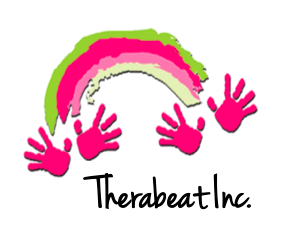What is the purpose of a review of literature? Here it is to draw together peer-reviewed studies to see if there are overarching trends. This review points to a robust body of evidence-based research that shows the efficacy of music therapy interventions with patients with dementia.
“Is Music Therapy an Effective Intervention for Dementia?” is the question researchers Koger, Chapin, & Brotons ask in this review of literature. This is a fitting question as the researchers point out that dementia is steadily rising with the average life expectancy. This creates a need in the healthcare field to find out what modes of care are most effective with this population to best fit their needs. The purpose of this study was to “update and statistically cumulate the findings of clinical-empirical investigations” identified by earlier researchers in the field of music therapy. The studies selected in this meta-analysis are empirical rather than theoretical/philosophical in nature, or case studies. Researchers rather selected studies that allowed for repeated measures and comparison of pre/post intervention performance. Dependent variables (or symptoms/behaviors displayed by patients with Alzheimer’s or dementia) present across studies selected included: agitation, face-name recognition, wandering, reality orientation, depression, interaction, participating, disruptive vocalizing, and more. Therapeutic techniques included to address these symptoms included: singing, instrument play, dancing/moving, musical games, improvising, music listening, group singing, and listening to music while receiving tactile stimulation. A reduction of behaviors such as wandering, restlessness, and agitation was observed in the analysis. The overall results of the study suggest that music therapy is an effective intervention for patients with dementia. Researchers found that improvement in social behaviors included participation in group singing, socializing, and vocalizing were significantly increased. The researchers suggest that music therapists continue to conduct research with this population to better identify the most effective techniques to utilize with patients with dementia.
Source: Koger, S.M., Chapin, K., & Brotons, M. (1999). “Is Music Therapy an
Effective Intervention for Dementia? A Meta-analytic Review of
Literature” Journal of Music Therapy, 36(1), 2-15. https://doi.org/
10.1093/jmt/36.1.2
To read the full study, click here:
https://academic.oup.com/jmt/article-lookup/doi/10.1093/jmt/36.1.2






